In the world of data, choosing between SQL vs Python depends on what you want to achieve. SQL is perfect for handling structured data within databases, making queries simple and efficient. Python offers flexibility, allowing users to clean, analyze, and visualize complex data from multiple sources.
Both languages are essential tools for modern data professionals. Instead of viewing SQL vs Python as a competition, it’s smarter to learn both. Together, they give you the skills to handle a wide range of data tasks with confidence and efficiency.
SQL, or Structured Query Language, is not designed to build websites or create machine learning models. It was built with one goal — managing data stored in relational databases. SQL operates through simple yet powerful commands that allow users to fetch records, join tables, filter results, and perform calculations directly in the database system. It doesn’t need loops, functions, or complex structures. Its simplicity is its power. If you need to query large volumes of structured data quickly, SQL is almost always the best tool.
Python, by contrast, is a versatile programming language that goes beyond data queries. It can build web apps, automate repetitive tasks, manage files, and even interact with hardware. When used with libraries like Pandas, NumPy, and Matplotlib, Python becomes a powerful data tool—capable of cleaning messy datasets, running statistical analyses, building predictive models, and generating clear, insightful visualizations with ease.
When comparing SQL vs Python, it’s essential to recognize this division. SQL is laser-focused on databases. Python is a multi-purpose language with the ability to handle data — but also capable of much more.
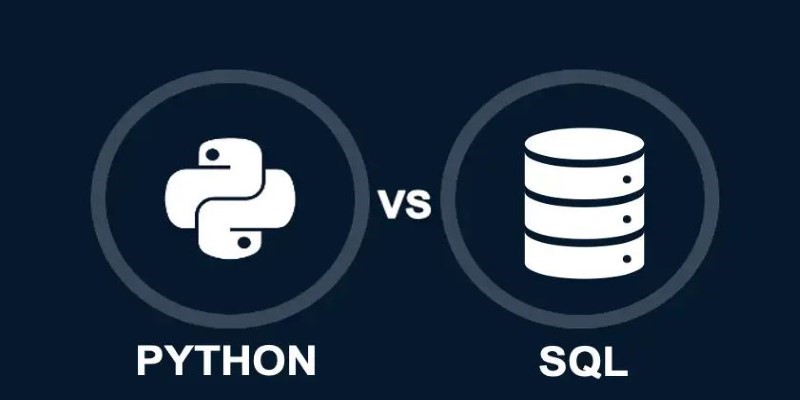
Real-world scenarios provide the clearest way to understand the strengths of SQL vs Python. Consider a data analyst who needs to pull a monthly report from a sales database. If the database has clean, well-structured tables, SQL is the fastest way to get accurate numbers. It’s concise, highly optimized for these operations, and requires very little code to return results. Writing a query like:
SELECT region, SUM(sales)
FROM sales_data
GROUP BY region;
It is easier and faster in SQL than writing Python code to connect to the database, load the data, and perform the aggregation.
However, imagine that the same analyst needs to clean messy data from multiple sources, merge spreadsheets, remove duplicates, fill in missing values, and run statistical analysis. This is where Python dominates. Its libraries provide ready-made tools to handle complex data transformation tasks that SQL simply wasn't built for. You could clean, transform, and analyze data in Python using Pandas in just a few lines of code.
Another key area is machine learning. Python is practically the standard language in AI development. It supports a wide range of frameworks like TensorFlow, PyTorch, and Scikit-learn. SQL has no built-in tools for machine learning or complex statistical modeling.
Visualization is another point of difference between SQL and Python. SQL does not produce charts or graphs. Python, with libraries like Matplotlib or Seaborn, makes it easy to build stunning visualizations that bring data to life.
The best part about the SQL vs Python debate is that in the real world, you rarely have to choose one over the other. In fact, most data workflows rely on both languages working together. Data is often stored in relational databases that require SQL to access it. However, once the data is extracted, Python can take over to clean, manipulate, and analyze the results.
This combination of SQL and Python is common in business intelligence platforms, data science projects, and analytics pipelines. SQL handles data extraction efficiently. Python handles complex transformation and modeling.
Modern tools even support the seamless integration of both languages. Many data platforms let users write SQL queries and then immediately process the output using Python scripts. Tools like Jupyter Notebooks often include SQL extensions to let analysts switch between both languages without changing environments.
This hybrid approach is one of the reasons why learning both SQL and Python provides a strong advantage in the job market. Each has its strengths, but together, they offer a full-spectrum solution to most data challenges.
Deciding between SQL and Python for a project comes down to the specific problem you're trying to solve. Here are the core factors that typically guide that choice:
SQL is perfect for structured databases, offering fast and simple queries. However, Python shines when handling complex data manipulation, integrating multiple sources, and performing advanced analytics, making it the better choice for versatile data processing tasks.
SQL databases handle large datasets efficiently due to built-in optimization features like indexing and caching. Python provides flexibility but may struggle with performance issues on very large datasets because it often loads data into memory for processing and analysis.
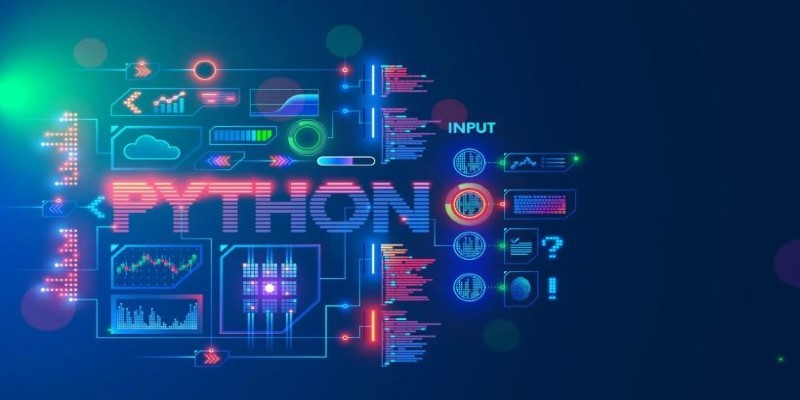
SQL has a simple syntax that's easy for beginners to learn quickly. Python, while beginner-friendly, requires understanding programming basics like functions, loops, and libraries, making it a bit more challenging to master for larger, more complex projects.
SQL and Python both enjoy massive communities. Python offers unmatched libraries for data science and machine learning, while SQL remains a trusted language in enterprise systems, ensuring widespread use and continuous support across data-driven organizations worldwide.
In many cases, it’s not about SQL vs Python — it’s about SQL and Python.
The SQL vs Python debate isn’t about picking a winner—it’s about using the right tool for the job. SQL is ideal for managing and querying structured data efficiently, while Python excels at data analysis, automation, and complex transformations. Most data workflows benefit from both. Learning how to use them together gives you a serious advantage in the data world. Instead of choosing one, aim to master both and let the task guide your decision.

Volkswagen introduces its AI-powered self-driving technology, taking full control of development and redefining autonomous vehicle technology for safer, smarter mobility

Find out the Top 6 Humanoid Robots in 2025 that are transforming industries and redefining human-machine interaction. Discover how these advanced AI-powered robots are shaping the future of automation, customer service, and healthcare
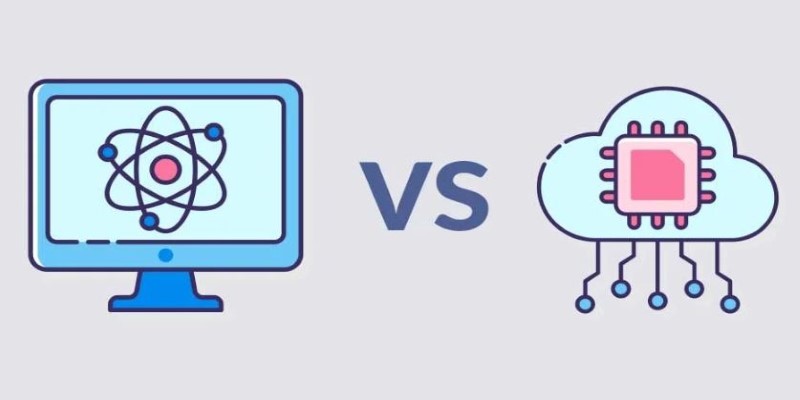
Confused between Data Science vs. Computer Science? Discover the real differences, skills required, and career opportunities in both fields with this comprehensive guide

A former Pennsylvania coal plant is being redeveloped into an artificial intelligence data center, blending industrial heritage with modern technology to support advanced computing and machine learning models
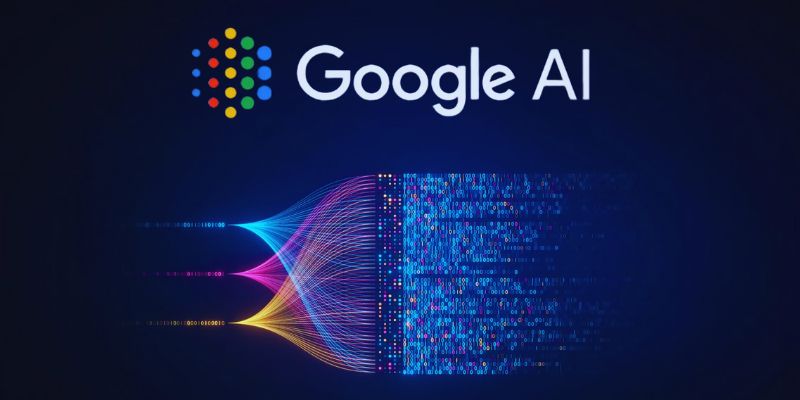
Google AI open-sourced GPipe, a neural network training library for scalable machine learning and efficient model parallelism

Can Germany's new AI self-driving test hub reshape the future of autonomous vehicles in Europe? Here's what the project offers and why it matters
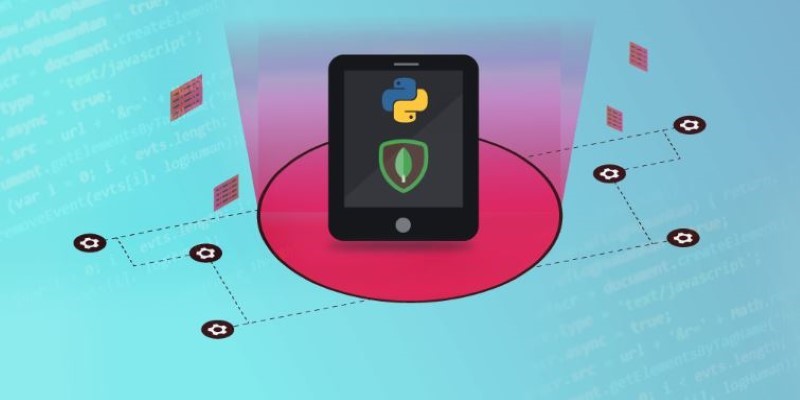
How to use MongoDB with Pandas, NumPy, and PyArrow in Python to store, analyze, compute, and exchange data effectively. A practical guide to combining flexible storage with fast processing

What Hannover Messe 2025 has in store, from autonomous robots transforming manufacturing to generative AI driving innovation in industrial automation
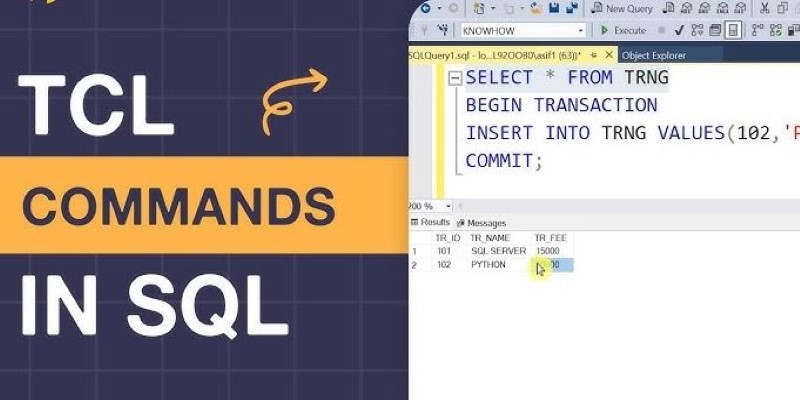
Understand how TCL Commands in SQL—COMMIT, ROLLBACK, and SAVEPOINT—offer full control over transactions and protect your data with reliable SQL transaction control
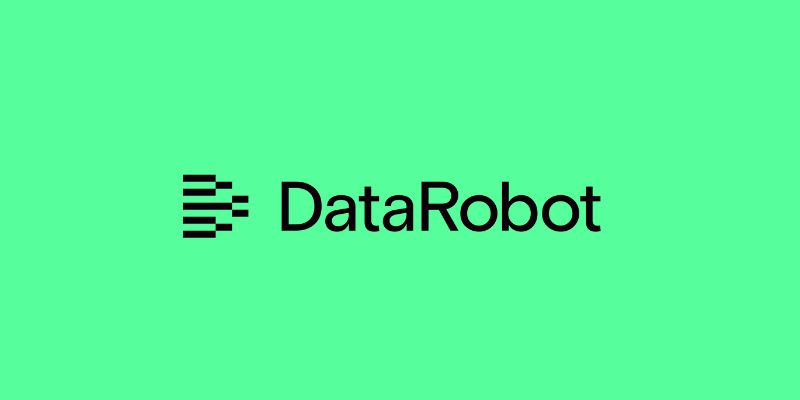
Discover how DataRobot training empowers citizen data scientists with easy tools to boost data skills and workplace success
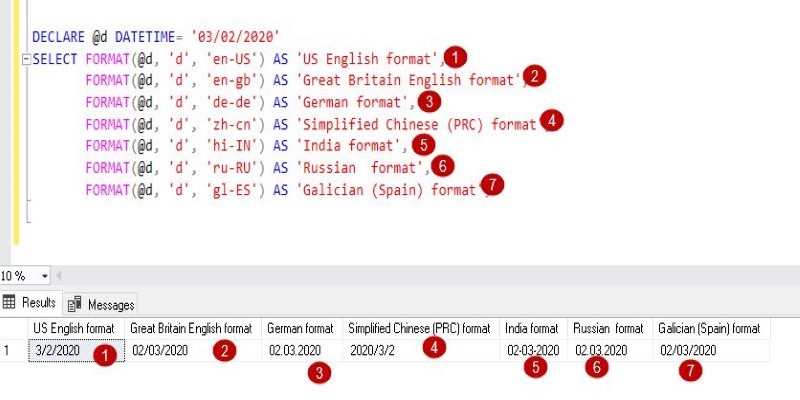
The FORMAT() function in SQL transforms how your data appears without changing its values. Learn how to use FORMAT() in SQL for clean, readable, and localized outputs in queries

Wondering whether to use Streamlit or Gradio for your Python dashboard? Discover the key differences in setup, customization, use cases, and deployment to pick the best tool for your project